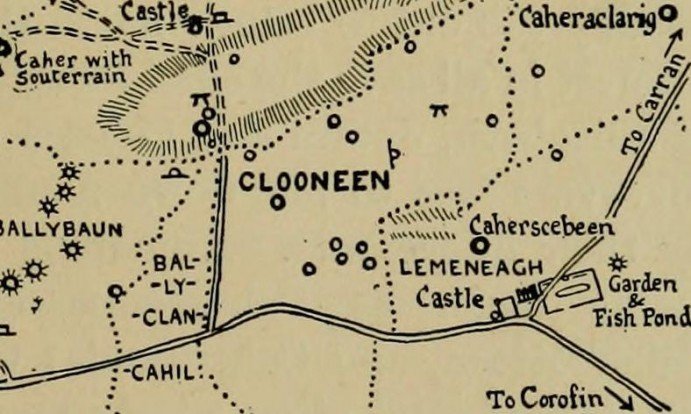So, what is Ogham?
Ogham, also known as Ogam (modern Anglicised spelling) is an ancient written language that was used in Ireland and parts of the UK between the 5th and 9th centuries. The Ogham alphabet is the earliest known form of writing in Ireland and is seen as the first intellectual creation of Irish-speaking people. While the Ogham alphabet is seldom used today, it remains an enduring part of Irish culture and heritage.
Here are ten things you need to know about Ogham.
Image: Ogham Gods and Runes
Defying the Ancient Gods
Legend has it that when God created man, he created many different languages to keep the people from communicating universally, gaining power, and eventually overthrowing him. The Irish people wanted to create their own unique language, superior to all others. It is said that scholars borrowed elements from Latin and Greek when creating the Alphabet, and links to both have since been identified.
Image: Stephen Reid
Ogham was a first
The Ogham language is seen as the first intellectual creation of Irish-speaking people. It is quite unusual in the fact that it was a written and not spoken language. The Ogham language is seen as the first written language of Ireland, with earliest evidence from the 4th century. The earliest evidence of Roman script in Irish literature dates back to the 7th century.
Image: Katie Holten
The Alphabet of Trees
Ogham is also known as the Alphabet of Trees, as six of the characters are named after trees. The Celts were known to worship trees and believed that the spirits of loved ones often remained within trees after their passing. In modern times, artists such as Katie Holten have created their own responses to Ogham as an Alphabet of Trees.
Image: Lorraine Crowley
A carved language
In manuscripts, the Ogham language consists of a series of lines or dashes across a central seam. It is an angular language with no curved characteristics (unlike today’s alphabet). Traditional standing stones are rectangular in shape and the letters were written on either side with the corner becoming the central point. The etymology of the word Ogam or Ogham remains unclear. One possible origin is from the Irish og-uaim 'point-seam', referring to the seam made by the point of a sharp weapon.
Image: Do Chara
All in a name
Ogham was used mainly for writing names as opposed to long passages. In early centuries, the owner of a plot of land was traditionally buried on the boundary of his property and an Ogham stone erected in his name. These stones became important as evidence of ownership of ancestral land.
Image: Glasgow Arts Council
Three Distinct Periods
There are three different periods of Ogham: Monumental Ogham, Manuscript Ogham and Scholastic Ogham. Monumental Ogham (carved into woods and stone) was used mainly between the 5th and 7th centuries. Manuscript Ogham was used between the 9th and 16th centuries and refers to inscriptions written in text. Scholastic Ogham is seen as the latest period of Ogham, and was used from the 16th century to present day. This alphabet was expanded to include five additional characters.
Written in different ways
On stone or wood, Ogham inscriptions are written vertically and read from bottom to top. In manuscripts, Ogham is written horizontally and is read from left to right. Ogham script was used at the top of manuscript pages to annotate and display scholars’ names. Some written inscriptions contain an arrow at the beginning. This was used to denote the orientation or direction in which the inscription should read.
An Ancient Alphabet
All twenty letters of the alphabet are traditionally written in lower-case with no dashes or hyphens. In the 9th century, five more letters were added to denote two vowels side by side, such as ‘ea’ in the name Sean. Adapting to meet the modern 26 letter alphabet, some letters are substituted; the letter j is replaced with i, k with c, v with f, w with u, x with cs, y with i and p with q.








